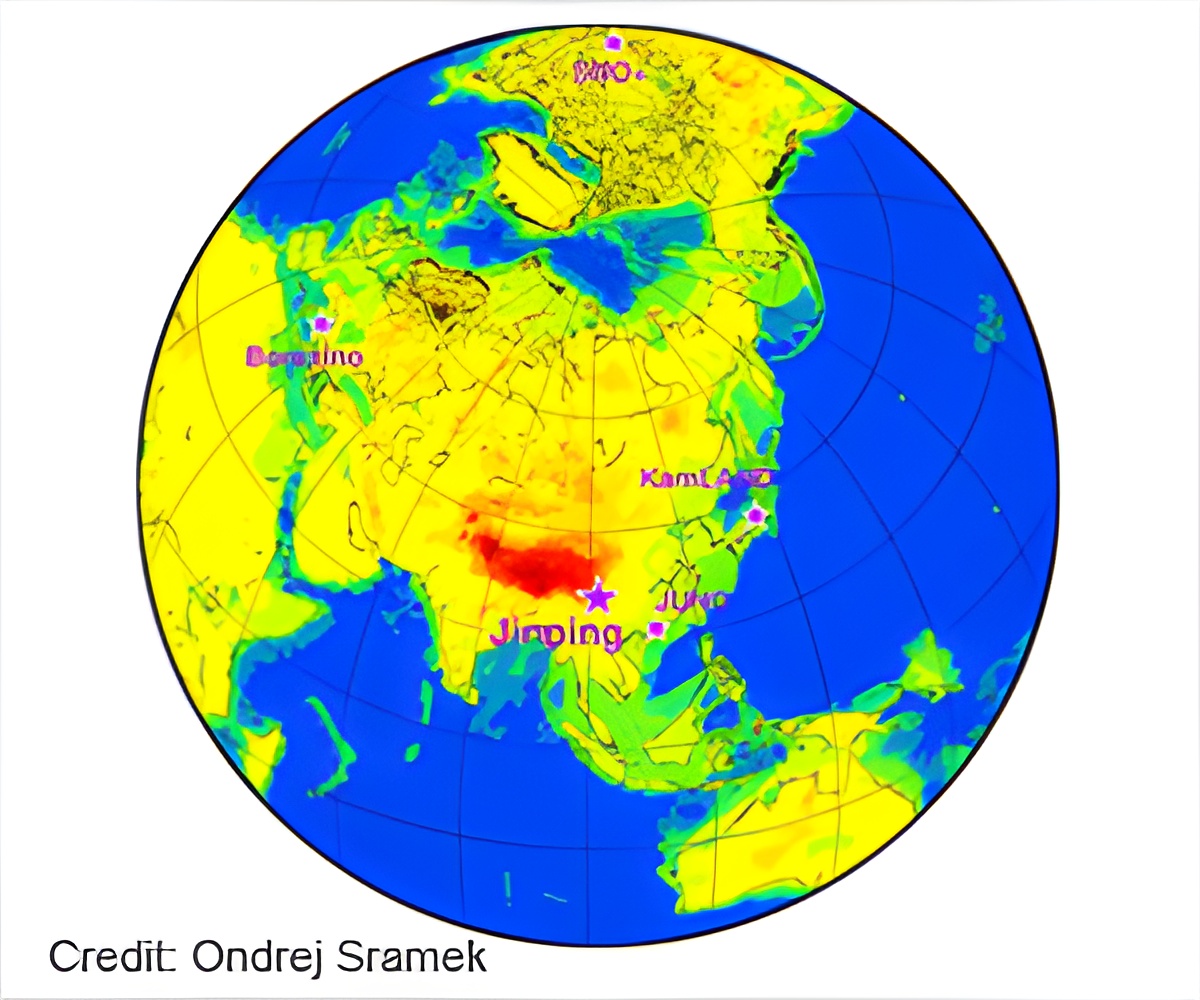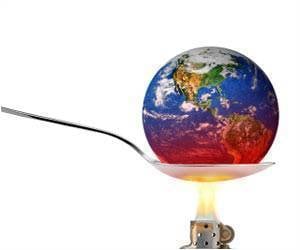Collecting the geoneutrino data from the detectors will help researchers to measure the remaining fuel inside earth.

TOP INSIGHT
The quantity of fuel inside the earth helps to determine the previous fuel consumption rate as well as the future fuel budget. The rate at which the planet has cooled down will help estimate how long the fuel will last.
"I am one of those scientists who has created a compositional model of the Earth and predicted the amount of fuel inside Earth today," said one of the study's authors William McDonough, a professor of geology at the University of Maryland. "We're in a field of guesses. At this point in my career, I don't care if I'm right or wrong, I just want to know the answer."
To calculate the amount of fuel inside Earth by 2025, the researchers will rely on detecting some of the tiniest subatomic particles known to science called geoneutrinos. These antineutrino particles are byproducts of nuclear reactions within stars (including our sun), supernovae, black holes and human-made nuclear reactors. They also result from radioactive decay processes deep within the Earth.
Detecting antineutrinos requires a huge detector the size of a small office building, housed about a mile underground to shield it from cosmic rays that could yield false positive results. Inside the detector, scientists detect antineutrinos when they crash into a hydrogen atom. The collision produces two characteristic light flashes that unequivocally announce the event. The number of events scientists detect relates directly to the number of atoms of uranium and thorium inside the Earth. And the decay of these elements, along with potassium, fuels the vast majority of the heat in the Earth's interior.
To date, detecting antineutrinos has been painfully slow, with scientists recording only about 16 events per year from the underground detectors KamLAND in Japan and Borexino in Italy. However, researchers predict that three new detectors expected to come online by 2022--the SNO+ detector in Canada and the Jinping and JUNO detectors in China--will add 520 more events per year to the data stream.
The new Jinping detector, which will be buried under the slopes of the Himalayas, will be four times bigger than existing detectors. The underground JUNO detector near the coast of southern China will be 20 times bigger than existing detectors.
Source-Medindia
 MEDINDIA
MEDINDIA




 Email
Email




